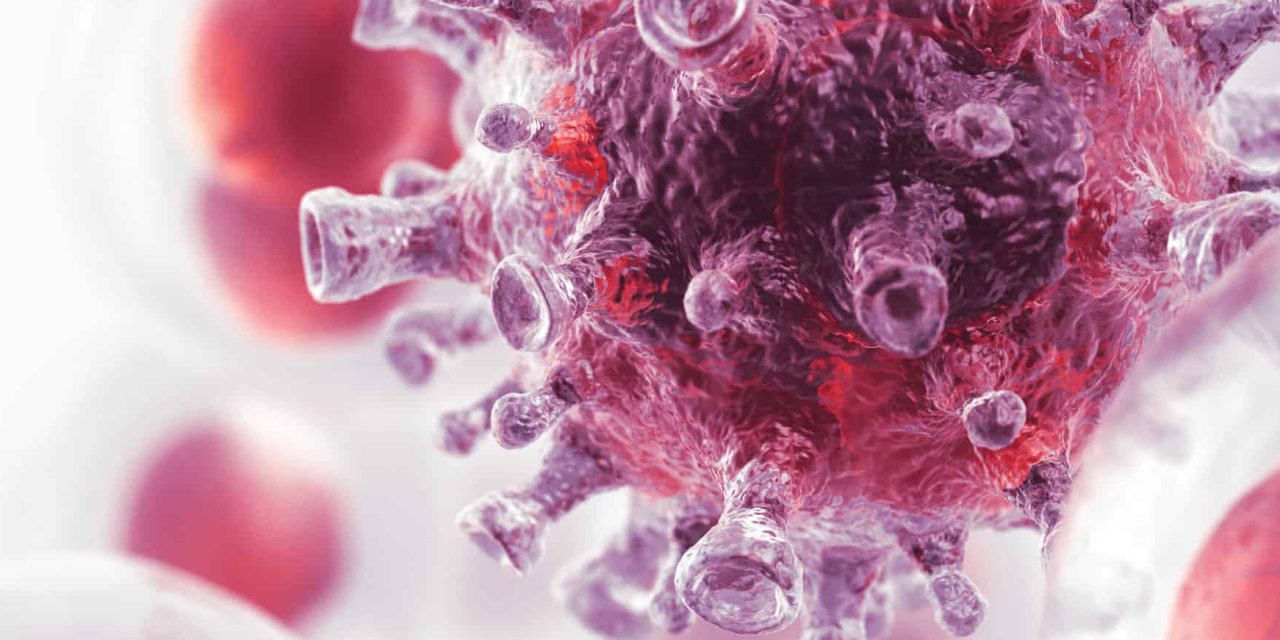After the construction of genomic libraries with yeast artificial chromosomes in the late 1980’s for gene isolation and expression studies in cells, human artificial chromosomes were then a natural development in the 1990’s, based on the same principles of formation requiring centromeric sequences for generating functional artificial chromosomes. Over the past twenty years, they became a useful research tool for understanding human chromosome structure and organization, and important vectors for expression of large genes and gene loci and the regulatory regions for full expression. Now they are being modified and developed for gene therapy both ex vivo and in vivo. The advantages of using HAC vectors are that they remain autonomous and behave as a normal chromosome. They are attractive for therapy studies without the harmful consequences of integration of exogenous DNA into host chromosomes. HAC vectors are also the only autonomous stable vectors that accommodate large sequences (>100 kb) compared to other vectors. The challenges of manipulating these vectors for efficient delivery of genes into human cells is still ongoing, but we have made advances in transfer of gene expressing HAC vectors using the helper free (HF) amplicon vector technology for generating de novo HAC in human cells. Efficient multigene delivery was successfully achieved following simultaneous infection with two HF amplicons in a single treatment and the input DNA recombined to form a de novo HAC. Potentially several amplicons containing gene expressing HAC vectors could be transduced simultaneously which would increase the gene loading capacity of the vectors for delivery and studying full expression in human cells.Copyright © 2020. Published by Elsevier Inc.
Gene expressing human artificial chromosome vectors: Advantages and challenges for gene therapy.


